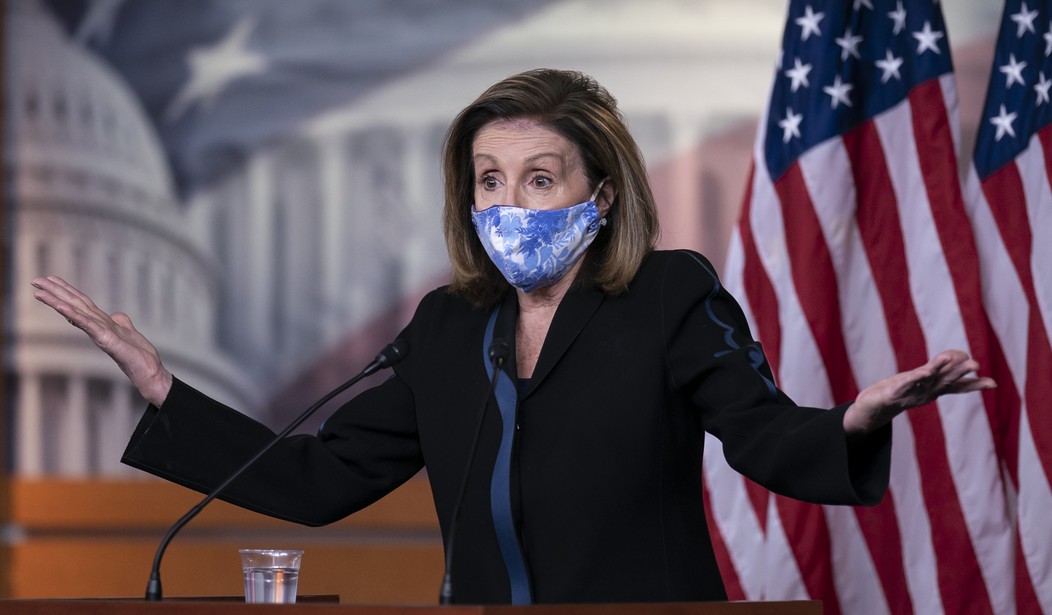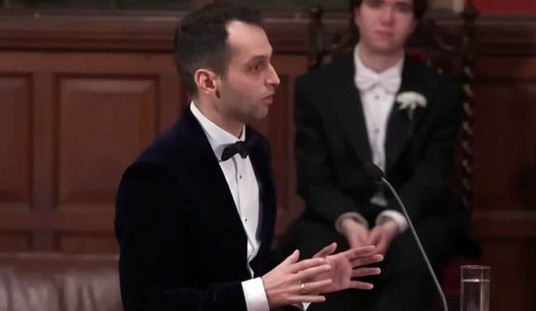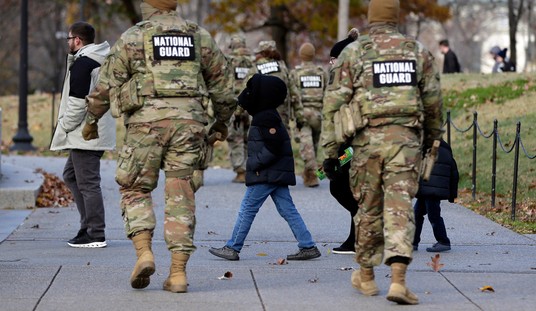Where did all the money go
Long time spending …
Congress just whiffed on spending another $15 billion in pandemic funding, thanks to Nancy Pelosi’s faceplant on delivering her own base. That failure has prompted long-overdue questions about where the previous $5.5 trillion in off-budget emergency appropriations by Congress has gone. A significant portion went directly into Americans’ bank accounts, but there is almost no accounting for trillions of dollars printed up to deal with the fallout of COVID-19.
Now the editors of Bloomberq/Quint argue that we need a reckoning ahead of a refill:
In recent court filings, the Federal Bureau of Investigation has described a “massive fraud scheme” in which nonprofit organizations in Minnesota illegally diverted aid money intended to feed needy kids and used the proceeds “to purchase real estate, cars and other items.” All told, the groups received some $65 million from federal food programs during the pandemic.
While shocking, the incident is by no means anomalous. As Congress has doled out almost $6 trillion in relief funds, crooks and con men have lined up to get their share. They’ve created fake companies, stolen identities, invented employees, misstated their earnings, and otherwise conspired to siphon off taxpayer money. The Secret Service, which has opened more than 900 Covid-related criminal cases, estimates that $100 billion may have been misappropriated.
Even that may be understating the problem. As little as 23% of the $800 billion doled out by the Paycheck Protection Program actually found its way into workers’ pockets. A Department of Labor study estimated that more than $87 billion in emergency unemployment benefits were improperly paid. The Small Business Administration has (among other blunders) disbursed more than $6.2 billion to loan applicants it now suspects of identity theft. Somehow, the Internal Revenue Service managed to issue 2.2 million stimulus checks — worth about $3.5 billion — to dead people.
Only in government could such calamitous neglect be considered business as usual.
Only in government could they demand more money without accounting for what’s already been allocated, too. To some degree, everyone understood the risk of grift and corruption in the original CARES Act. The forced shutdown of commerce by government really did require emergency action, however, as the Pottery Barn rules applied: You break it, you bought it. That original tranche of $2.2 trillion was needed too badly and too quickly to take the time to set up better accountability structures, as the economy was already beginning to collapse under the weight of state and local shutdowns, accelerated by a federal push of “15 Days to Flatten the Curve.”
That excuse doesn’t work for the second or third relief/stimulus bills, passed in December 2020 and March 2021. By that time, the economic damage had largely been addressed, even if pandemic management continued to require massive resources. Direct stimulus went from an absolute necessity to a political question of goosing the economy for electoral advantage. (That became especially true in the Georgia runoff elections.) Congress had eight months of watching the CARES Act work (and not work) with plenty of time to retool for better accountability. Instead, Congress used the exact same helicopter-cash approach for the second and third bills, especially on the third in the bloc-grant payouts to states that Democrats demanded all along.
The result: massive corruption and losses in the hundreds of billions of dollars, and perhaps more.
Now Congress wants to spend more money on an emergency — read unaccountable — basis. This time, however, the lack of accountability for money already spent keeps tripping them up, as Democrats oppose using previously allocated money for additional pandemic management efforts. They’re trying to argue that we can’t afford it, but that argument isn’t working any more:
The White House has a problem. Just last week, $15 billion in Covid preparedness money was pulled from the omnibus spending bill due to Democratic objections over how the funding was offset. This was a body blow for the Biden administration, which said it needed the money to secure additional tests, vaccine research and treatments ahead of any new potential Covid variant. …
Several House Democrats have complained to leadership that they won’t vote for a Covid bill that won’t pass the Senate. And the Senate won’t get 60 votes for any Covid package that’s not completely offset. Keep your eye on the Blue Dog Caucus on this issue.
The White House hasn’t done anything to sell this legislation to Congress. This is a complaint you’ll hear from House and Senate Democrats. After weeks of rumors that the Biden administration would seek as much as $30 billion to $35 billion in new Covid funding, the White House sent a $22.5 billion request to Congress just before the omnibus package was released. This quickly was pared by one-third to $15 billion. And then it was cut entirely from the package following the uproar from Democratic lawmakers – spurred on by some Democratic governors.
The White House faces enormous challenges on numerous fronts, especially with the growing military and humanitarian crisis in Ukraine. But this issue isn’t going to get resolved unless there’s a high-level push from the administration, and that hasn’t happened yet.
Here’s a thought. Pass the $15 billion with the offsets from state and local aid grants that have yet to be spent now. Then provide voters with an accounting of where all of the money has gone and how much of the $5.5 trillion remains in our coffers. If we can account for every dollar and it’s all been spent, remove the offsets — but if not, then everyone should agree that we won’t spend any more off-budget money until we have clawed back all the funds that have been misspent, misallocated, or simply hasn’t been spent on COVID-19 functions in the first place.
This disease is now endemic. The emergency is over. The era of blank checks needs to come to a close, too.









Join the conversation as a VIP Member